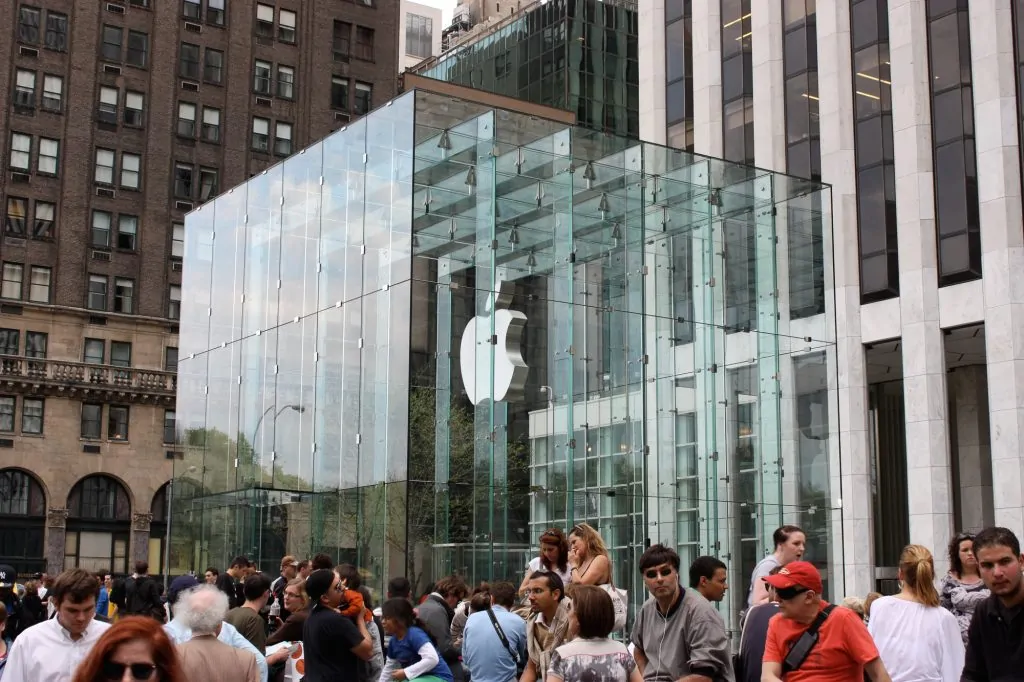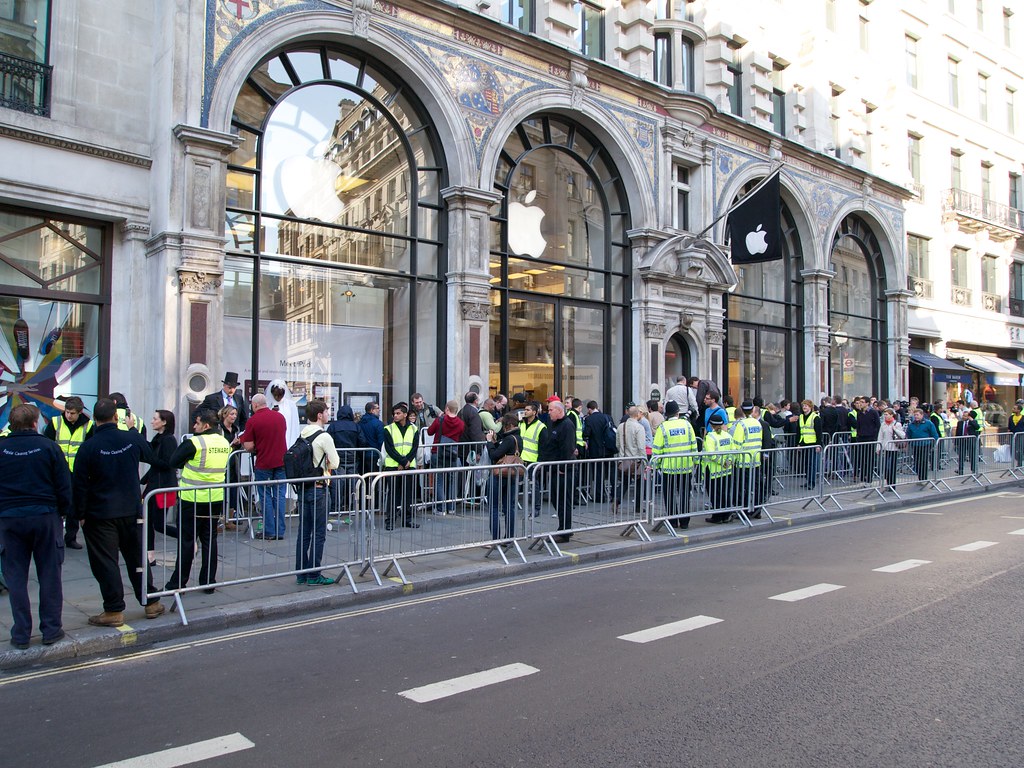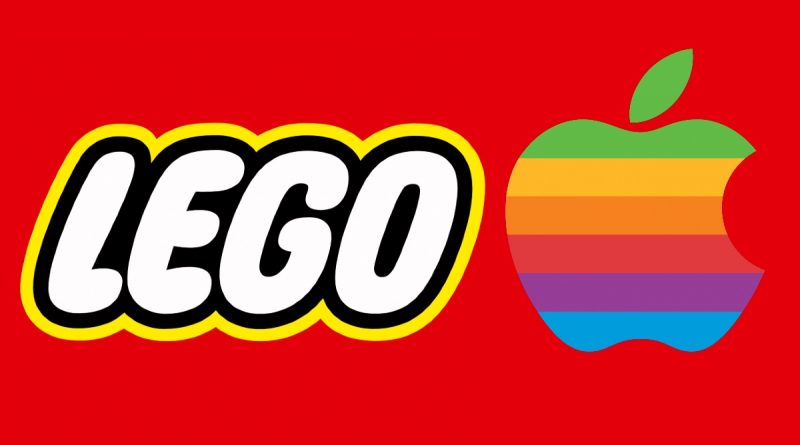Column: Why LEGO and Apple have more in common than you’d think
As the LEGO Group prepares to launch its latest £400+ set, we’ve drawn a line to another company that makes things you don’t need, but really, really want – and found that they’re not so different.
They design and manufacture products that are sold in countless locations around the world. In addition, they have their own destination stores with a unique design language. Step into any branch and you immediately feel at home. It’s comfortable. Familiar. There are products laid out to look at, to examine, to touch. Staff are friendly and engaged. For them, it’s not just a job. They’re fans of the products. Just like you.
Welcome to the Apple store.

And elsewhere, maybe in the next town or city, sometimes just a few doors down in some faceless shopping centre, is another store that shares those same traits. While an Apple store is a temple of effortless cool, a design statement in wood and glass, the other store is a riot of primary colours. Predominantly a bright, friendly shade of yellow, it’s like a child’s colouring book come to life.
Welcome to the LEGO Store.

On paper, a line drawn between the two companies – one a maker of children’s toys (okay, toys) and the other a high end computing equipment manufacturer – is a tenuous connection at best. But look a little closer and it becomes a little stronger, a little clearer. Both exist as big fish in large, competitive ponds. Both pride themselves on designing products that aren’t just ‘good enough’ but excellent. They innovate where others copy. And both engender something akin to fanaticism in their target audience.
Have you ever found yourself outside a new branch of WHSmith, or Sainsbury’s, on their opening day, sitting on the pavement from 5am, just waiting for the store to throw its doors open for the first time? I doubt it, and quite frankly if you have, then I’m judging you just a little bit right now. But if Apple or the LEGO Group open a new store, get there at 5am and you’ll probably find yourself surrounded by dozens, sometimes hundreds of others, all looking for that shared experience of ‘being there’.
In fact the only difference between the two is that at a LEGO Store opening, the chatter is constant. There are few things a LEGO fan loves more than discussing LEGO with another fan. “What are you here to buy?” “What was your last build?” “What is your favourite theme?” and so on.
An Apple store opening, on the other hand, tends to be a quieter affair. It’s 200 people all staring at their phones.

When it comes to products, fans – it seems wrong to call either group ‘customers’ – tend to adopt a similar mindset about their beloved brands, which is one of keeping the faith. If you look at a typical Mac user, it’s pretty much a given that their phone will be an iPhone and their tablet, if they have one, will be an iPad. There are plenty of other compatible, usually cheaper, products available, but they won’t even make the shortlist.
And for the LEGO fan, there may now be a proliferation of compatible ‘construction systems’, but to breathe their name, let alone suggest that a LEGO collection might be tainted with such products, is tantamount to heresy. Other brands – I won’t mention them here, but we all know the ones I mean – will be derided on internet forums and Facebook groups with a twinkle in the eye and a smile on the face of the writer.
It’s just a bit of fun, they don’t really hate those other brick systems. How can you hate a toy? But I guarantee that if you looked at their collection it would be nothing but 100% original LEGO elements. Sure, they laugh, but deep down, they’re deadly serious.
Of late, another parallel has emerged, that of the halo product. The astronomically priced, headline grabbing item that reaches outside of the world of fandom and into the real world. You’d think that these days the mobile phone was so ubiquitous (there are reports that 5.3 billion phones will be thrown away in 2022) that a new one would barely warrant a mention.
But the advertising campaign around the new iPhone 14 makes it sound like the second coming. And Apple know full well that for every £1000+ phone it launches, it pulls another group of neophytes into the family, most of whom will buy cases, cables, chargers and more. Yes sir, I can take payment for that right here – no need to queue up.

The LEGO Group too, seems to be going down that route. Not so long ago, the news of a £250+ set was a once a year, twice a year at most, event. The LEGO community would come to a collective halt to gaze in wonder and, more importantly, discuss online at great length, this new offering. Which often generated enough online buzz for the media to run a few ‘How can a LEGO set cost this much???’ headlines. Did someone say free advertising? Don’t mind if we do.
These days, a £250 set barely raises an eyebrow, so the LEGO Group has upped its game – and its prices – and now £400 seems to be the minimum price to provoke astonishment and outrage in the community. (See 76210 Hulkbuster.) And the more people are talking about LEGO, the more they’re buying it. Maybe only a £20 set here or a £40 set there, but the LEGO Group will take that all day long.
In fact, one of the few differences between the two brands is how people view their older products. In most cases, a LEGO set that’s gone out of production will rise in value, as those that missed out first time round scour the aftermarket to plug a gap in their collection. Ageing Apple products, on the other hand, don’t seem to enjoy the same veneration.
A few years ago I took a MacBook into an Apple store. It was working perfectly well other than a fault with the charging port. I explained the situation to an assistant and enquired about a repair. He glanced at the laptop, then looked at me with the sort of pity reserved for those using an Apple product that was nearly five years old. “Sorry, sir,” he said. “We don’t deal with vintage items.”
You can support Brick Fanatics by purchasing your LEGO sets via our affiliate links. Thanks.
Author Profile
Latest entries
News29/11/2022The doctors who swallowed LEGO – every parent will sympathise
News29/11/2022LEGO Ideas is heading for another huge review in January
News29/11/2022LEGO Christmas GWP 40565 Santa’s Workshop, qualifying details confirmed
News29/11/2022Reddit user gives LEGO 75288 AT-AT a seasonal makeover










